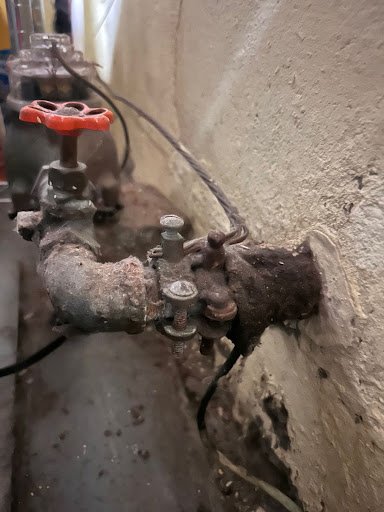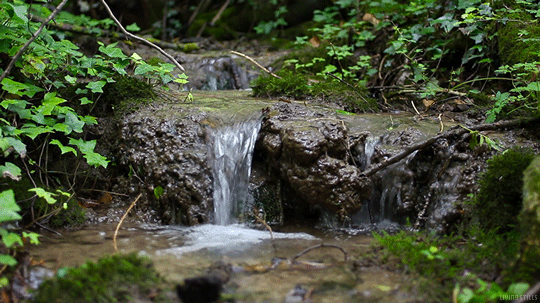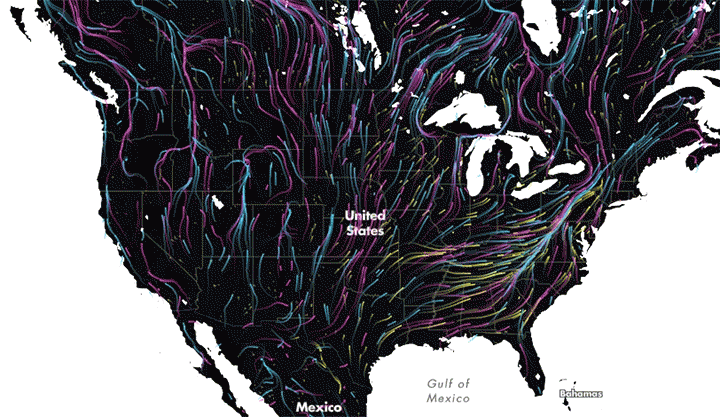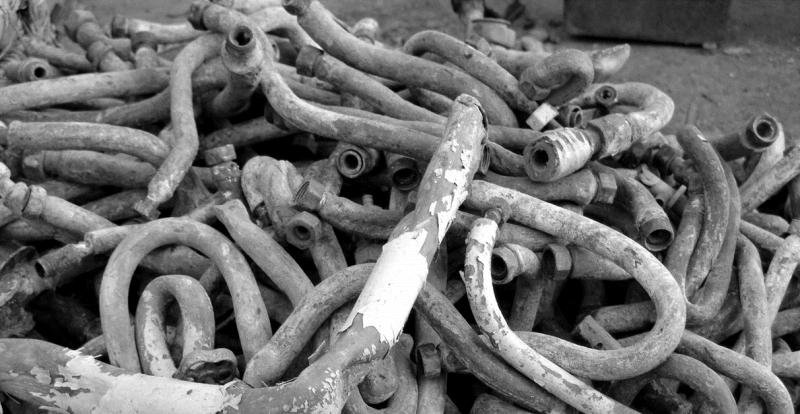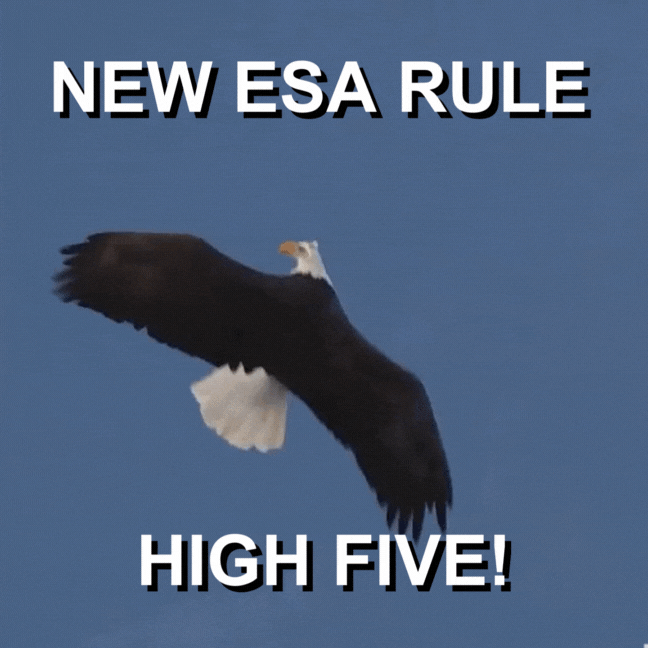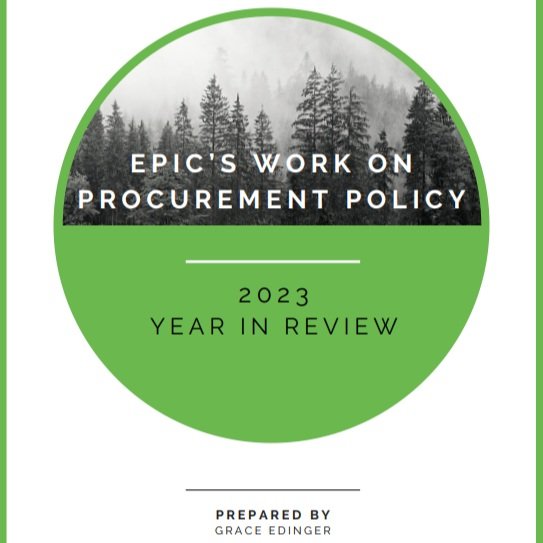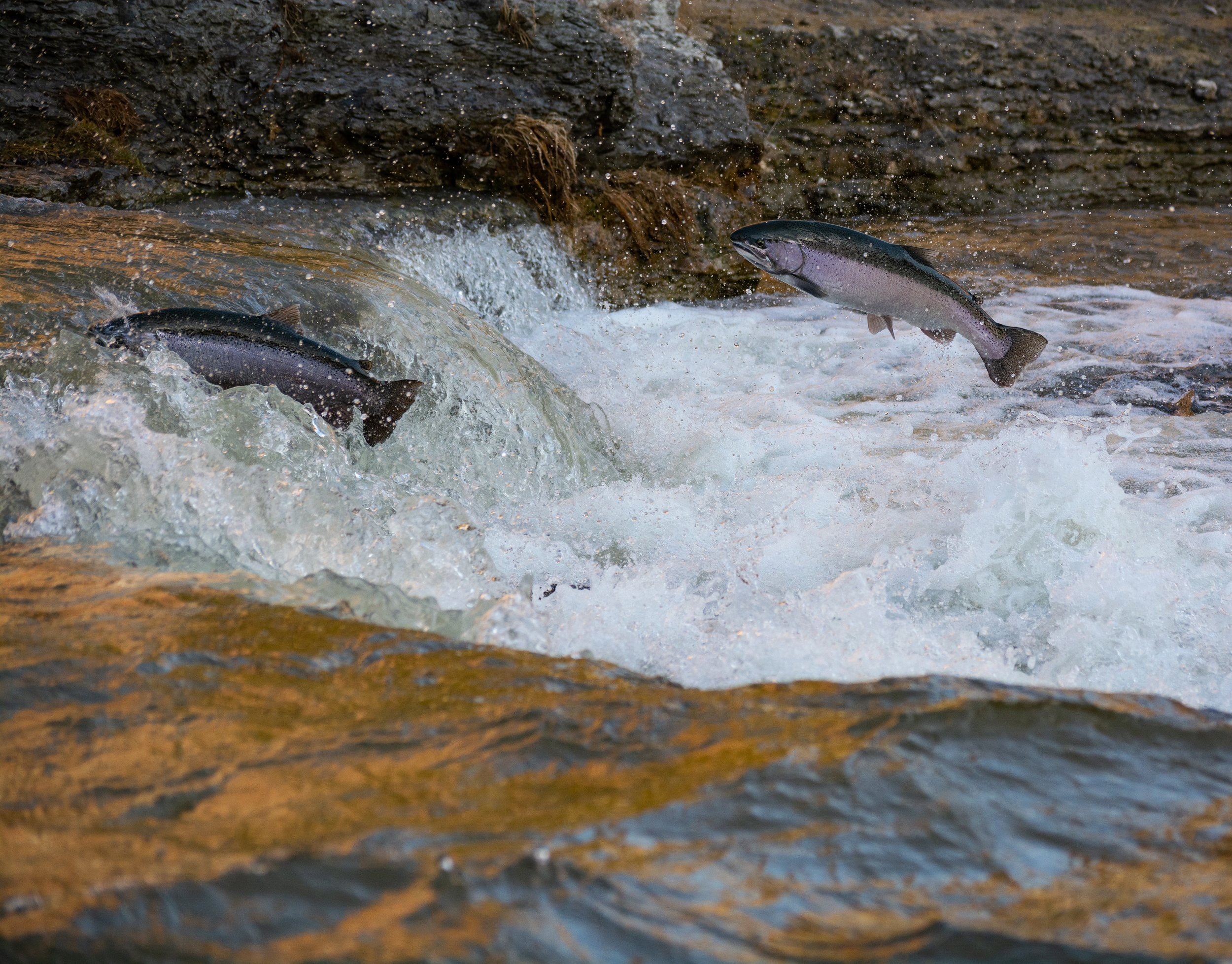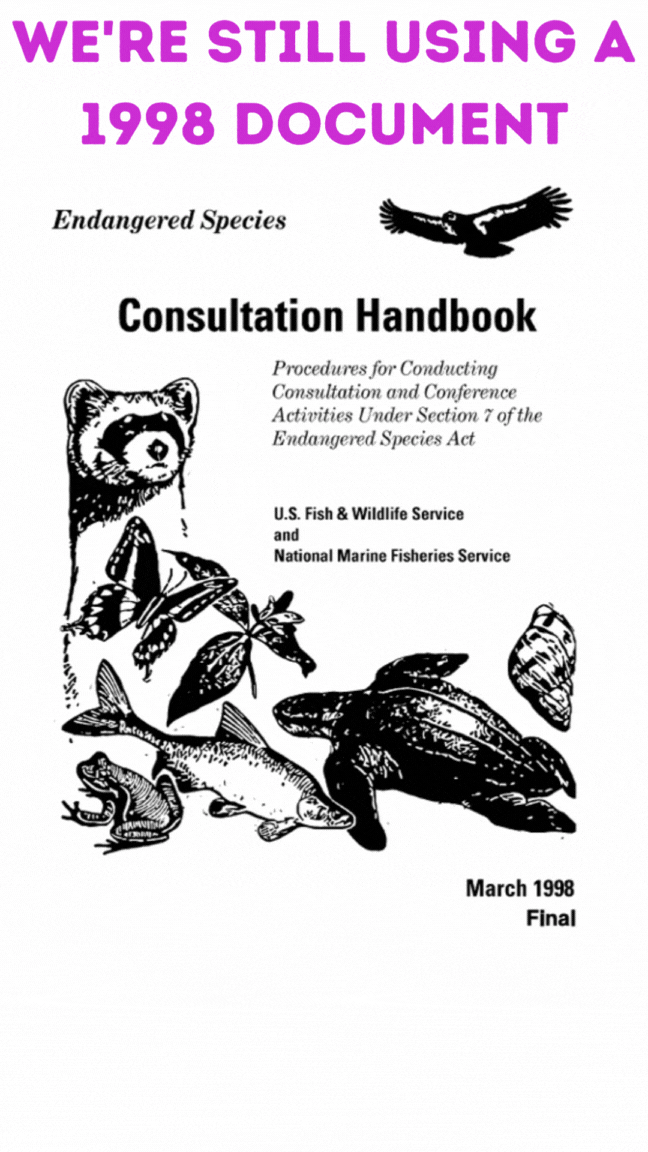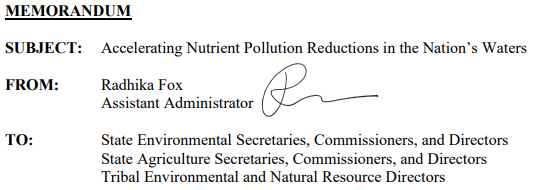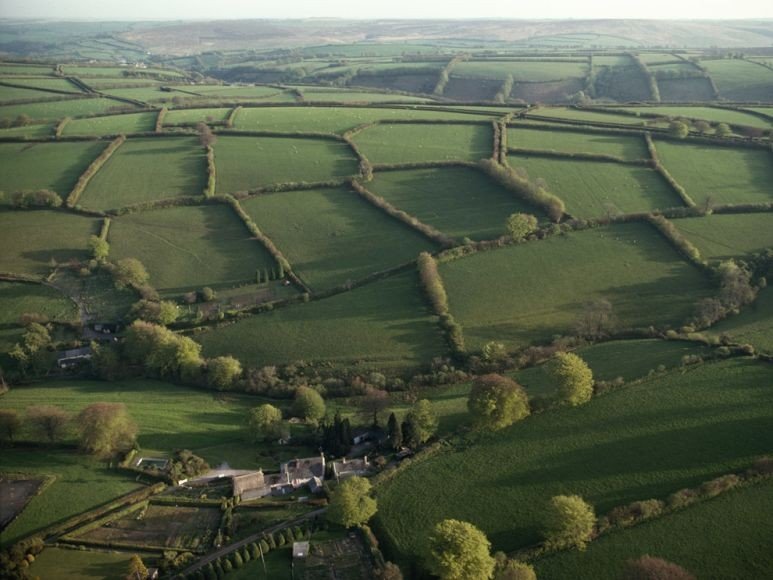Water Infrastructure
Restoration & Mitigation
Technology
Procurement & Finance
Since enacting the Conservation Finance Act in 2022, Maryland agencies have begun to implement it and attract greater private investment in conservation.
What is motivating biocredit buyers at this early stage as the market is in development? Why would corporate buyers and other entities be interested in investing in migratory songbird or salmon credits? What’s in it for them? Today the BCA released a new issue paper, “Demand-side Sources and Motivation for Biodiversity Credits'' that untangles some of these incentives and rationales.
Agriculture
Everybody’s talking about environmental sandboxes. What are they, and maybe more importantly, what aren’t they?
Since enacting the Conservation Finance Act in 2022, Maryland agencies have begun to implement it and attract greater private investment in conservation.
New report evaluates the last three years of efforts developing Midwest watershed partnerships
New report examines the challenges to administratively scaling the Regional Conservation Partnership Program
The Susquehanna River Basin Commission announced today the opening of its application for proposals offering cost-effective reductions of nutrient pollution entering the Chesapeake Bay from the Susquehanna watershed.
Mason City and Forest City sign innovative agreements to pay farmers to improve water quality.
Third and final in a series, this blog explores how USDA can tweak existing programs to speed up delivery of conservation money in the Inflation Reduction Act.
A project to illustrate which watersheds and cities in Iowa are closest to meeting their nutrient reduction goals from municipal point sources
Second in a series, this blog explores how USDA can use emerging technologies to speed up delivery of conservation money in the Inflation Reduction Act.
First in a series, this blog explores how USDA can use outcomes purchasing to speed up delivery of conservation money in the Inflation Reduction Act.
One month ago today, Pennsylvania passed the country’s second legislatively-authorized clean water outcomes procurement program
In New York state, a clever partnership between the city of Syracuse and upstream farmers has managed to significantly clean up the Skaneateles Lake
Endangered Species
What is motivating biocredit buyers at this early stage as the market is in development? Why would corporate buyers and other entities be interested in investing in migratory songbird or salmon credits? What’s in it for them? Today the BCA released a new issue paper, “Demand-side Sources and Motivation for Biodiversity Credits'' that untangles some of these incentives and rationales.
Yesterday, the Fish and Wildlife Service (FWS) released an Advanced Notice of Proposed Rulemaking (ANPR) on Compensatory Mitigation Mechanisms. We provide initial reactions here.
All Posts
Reforming State SRF Policies: Lessons Learned from Advocacy in Wisconsin
Lead-Free Water Challenge: What We Learned About Data Management and Lead Service Line Inventories
EPIC Applauds EPA Guidance Urging Communities to Inventory and Replace Toxic Lead Pipes ‘As Soon as Possible’
Example of a service line tap card from a municipality in Massachusetts. Photo credit: EPIC
Drinking water service area boundaries are critical for state policy and operations - and some state agencies are working with local water systems to develop this foundational data set.
New Report: Investing in America’s Onsite Wastewater Treatment Systems for Equity and Sustainability
A fight for the right to clean water and sanitation in California’s unincorporated communities
Municipal Leaders: Integral to the success of lead pipe replacement in the United States
A national map of water service area boundaries can support Justice 40 goals and other federal programs.
States act to get the lead out faster: Will they be better poised to access federal funding?
Why do we need drinking water service area boundaries?
We need investment in physical infrastructure and digital infrastructure to quickly and equitably replace lead pipes.
We shouldn’t have to wonder “Who is responsible for my water?” We should know.
Reimagining How Utilities Communicate With Their Customers
Cesspool Pollution and Conversion in Hawaii: A Wastewater Infrastructure Emergency
New Report: $9.6 Billion Available for Water Infrastructure Remains Uncommitted
EPIC and the Nicholas Institute for Environmental Policy Solutions released a report analyzing uncommitted State Revolving Fund dollars that could help local communities invest in water, wastewater, and stormwater infrastructure.
EPIC hires a Director for the Funding Navigator team
Denise Schmidt joins EPIC to lead the Funding Navigator team









